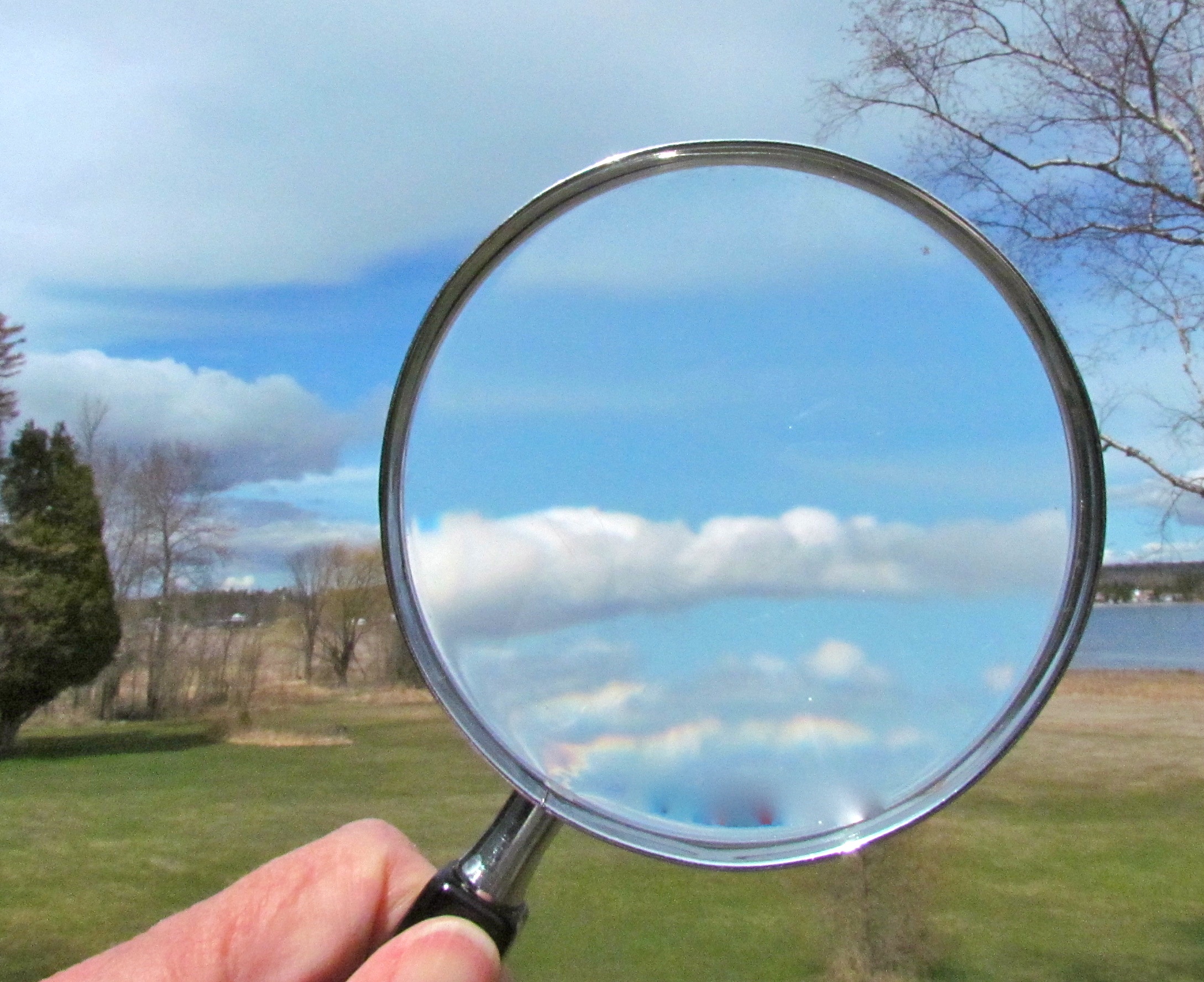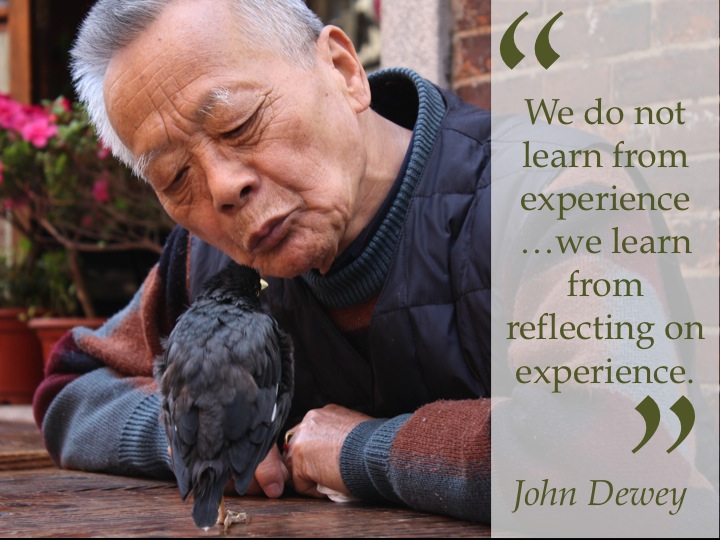One of the most important realizations that I have had recently has been that the definition of what it means to be illiterate person has been redefined. As an educator of adolescent learners, it is imperative that I take into consideration what this means for my classroom, particularly within the area of online content construction. At the start of each school year, I am briefed on students who have been labeled as “struggling” and throughout the year, I work to find ways to help all students, but those students in particular, gain skills and strategies that would allow them to be deemed competent and literate. With a new understanding of what it means to be a literate individual, I feel as though I might be able to expand my units to allow for multimodal content creation. This inclusion would provide opportunities for students who might not be proficient in traditional literacy skills (O’Brien, 2001), but talented in digital literacies, to accurately represent their knowledge.
Below is my Application of The Instructional Model as outlined in O’Byrne’s Online Content Construction: Empowering Students as Readers and Writers of Online Information (2012)
Phase 1:
While reading Flowers for Algernon by Daniel Keys, students spend time in collaborative groups research the history of experimentation in the United States. Their shared texts are Flowers of Algernon and Awakenings. While engaging in their online inquiry, they may choose additional texts like, “Unequal Treatment” by Harriet Washington, “Ugly Past of U.S. Human Experiments Uncovered” by Mike Stobbe, “A Justification of Human Experimentation” Sheldon F. Gottlieb (JSTOR), as well as various images.
As they gather relevant information about experimentation, students examine the information and their sources. They ask questions about publication, date, publisher, credibility, audience, motivation for providing information and relevancy to their own inquiry purpose.
After critically examining their sources, students spend time deciding what they would like to convey and how best they might represent their knowledge of experimentation. As suggested by O’Byrne (2012), students create a “mock-up” of their product on paper to allow for discussion, organization and revision.
For the purposes of my classroom, this is the time when I have conversations about contribution. I introduce students to possible forms that they might be able to use to create and communicate their content. Discussions might include advantages and limitations of various forms. I also suggest that if students know how to use a certain tool, they may choose to work with that one.
Phase 2:
After each group or individual has decided how to represent their learning about the history of human experimentation in the United States, they embark on the creation journey where they use tools available to create their content. These are dedicated workdays with computers, conversations, adjustments, re-directions, questions and answers.
Possible Forms: Blogs, Interactive timelines, websites, songs, recorded conversations between “characters” and/or prominent figures who fought for/against human experimentation, Remix of images, letters to current authors and much more.
Note: Prior to, and during, Phase 2, I facilitate discussions and exploration about using content responsibly. As I am learning during my own work, there are ways to locate images and other content that are not restricted by copyright laws.
Throughout this phase, I circulate from one group/individual to another and provide support and advice. As the facilitator, I make suggestions about specific programs that students can use to create their content. For example, since I have used MindMaps for my own purposes, I feel comfortable suggesting it as a possible form.
As an aside here, I acknowledge that it is very important for me to continue to learn about new programs that are available and take the time to use them on my own so that I am able to introduce them to students. For example, I do not believe that I would be able to teach students how to create and publish blogs if I were not blogging myself.
Phase 3
In this final phase of the instructional model, students spend time polishing their work and then, with my help, explore how their work compares to other experts on the subject. We ask questions about how their work extends the view of human experimentation in the United States. Then, they publish. Since reflection plays a large role in this phase, students spend time considering what they learned about the history of human experimentation in the United States, make assumptions about the role that history played in Key’s Flowers for Algernon and how the new information extends their view of the text/film. They also reflect on how they represented their understanding and on their thoughts about being contributors.




Love that you included a specific application of the concepts we are learning. Examples like yours are helping me realize ways I can incorporate them into my classroom. I think may use this concept for my unit on Ancient Governments and ask the students to create mindmap links to current laws. Thanks for the ideas!
LikeLiked by 1 person
Good work. I especially like the fact that you took the prompt literally and thought about how this would look in your classroom…down to the granular level of what it would look like in a lesson/unit. I think you’re the first person that has gone to this level.
And…with Flowers for Algernon…one of my favorite texts when I taught 8th grade. 🙂
I loved teaching this text because I would work with the students to redefine “intelligence” and “smart.” Looking at your post, I think you could also have students redefine “literacy” and “illiterate.” It might be interesting to see what they come up with. Good work.
LikeLike
Thank you. I chose a literal application because, as is that case with everything that I am learning this summer, I think about what it mean for my classroom. It’s even a bit of planning built into my assignments. Thanks for the idea about literacy. We spend a considerable amount of time dealing with the concept of “intelligence” and just a bit on literacy. In light of what I am learning this summer, I am looking forward to hearing their thoughts about what it means to be a literate individual. Again, thanks for the suggestions.
LikeLike